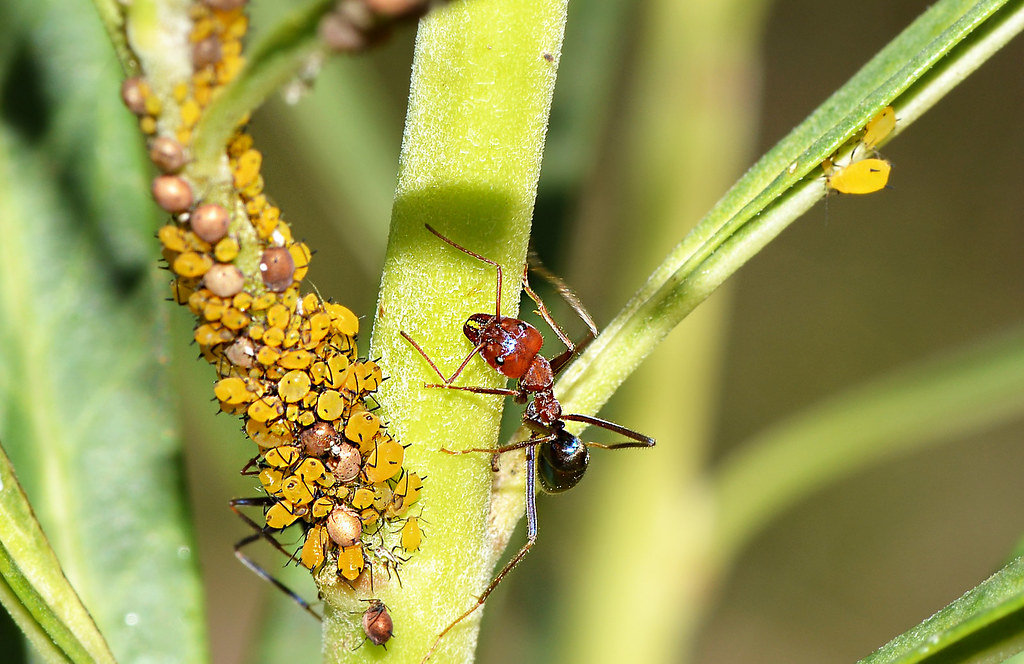Common Garden Pets
The essentials of plant care come in the form of providing the right conditions and nutrients to allow for healthy and strong growth. You have good soil, proper sunlight, the right amount of watering, and yet things aren’t looking so great. So what’s wrong? Most likely, your plant is under attack! Insects that damage our plants we label pests and then there are those (such as lady beetles aka lady bugs) that can help protect our garden. Here we cover some of the more common pests found in Iowa gardens so you can identify and learn how to protect your plants health.
Aphids
Aphids are very small (1/16-1/8 inch) soft-bodied insects that can be green, black, red, yellow, brown or grey. A tiny but distinguishing feature of them is their tail-pipes. Some aphids have wings, some don’t, but all look fairly similar and have these tailpipes.
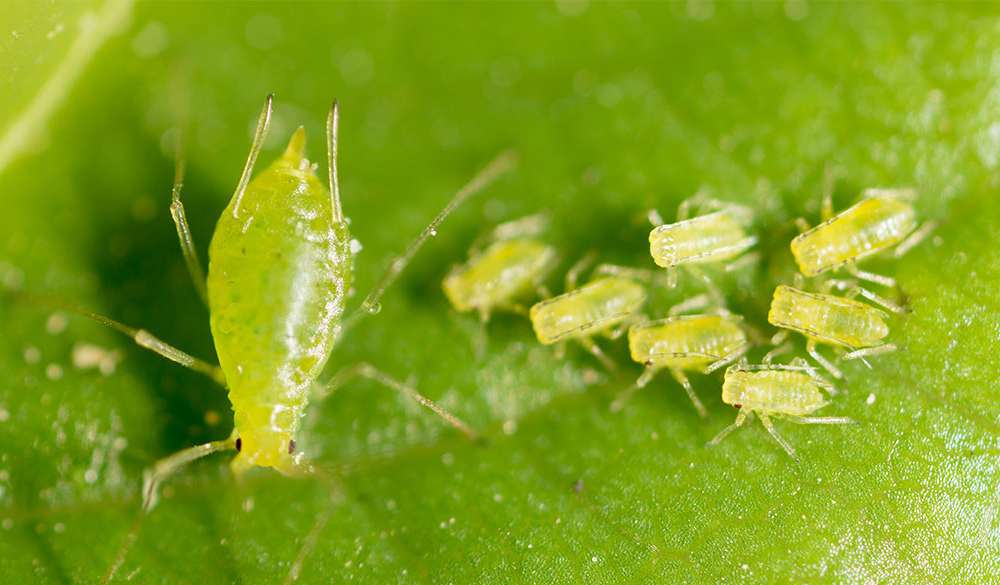
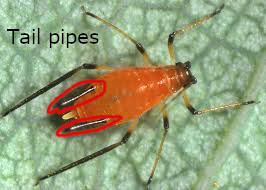
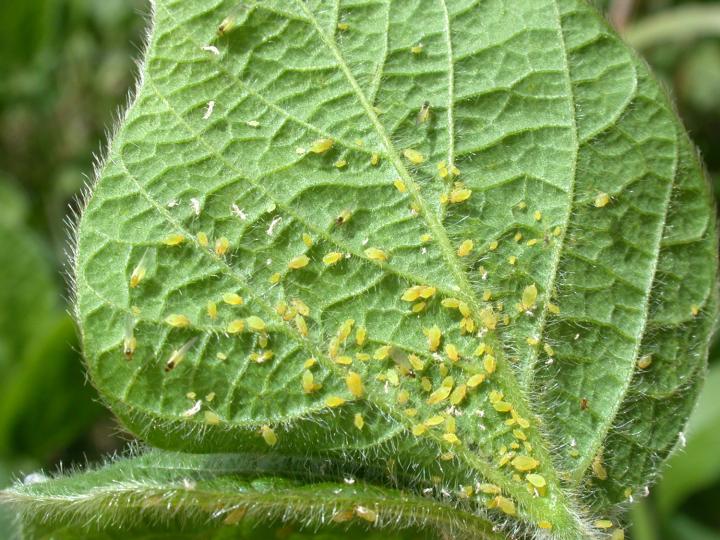
Aphids damage plants by feeding on them using their tiny mouths to get the sap. Because they are so small and don’t eat the whole of the plant’s material, damage can be hard to see directly but there are signs of aphid damage to plants
- Twisted and curling leaves
- Yellowing foliage
- Stunted and dead shoots
- Overall poor plant growth
- Honeydew (sticky shiny water lick substance on plants)
You can help protect your plants from aphids by keeping weeds out of your garden (they provide fodder and shelter for aphids). And if you do find aphids, you can remove them through a number of methods. High pressure water from a hose can knock aphids off plants as they are not strong insects. Lady Beetles (Lady Bugs) and lacewings will feed off aphids. And if things are really bad, pesticides can be effective. Low risk pesticides such as Neem, insecticidal soap, horticultural oil, and pyrethrins can all be used to slowly get rid of an aphid infestation. A tree care professional or other expert in pesticides can best advise you in your area on how to handle aphids if natural methods fail.
Japanese Beetles
Japanese beetles are approximately 1/3 to ½ inch long, with green head and copper-brown wing covers. Their larvae are c-shaped and white-cream colored with tan heads. They look like other white grub but have a pattern of spines and hairs on the underside of the tip of their abdomen. They are invasive species which feed on leaves, flowers and fruits of plants, and lay grub in turf which can cause it to brown and die as the larvae feed on the roots.
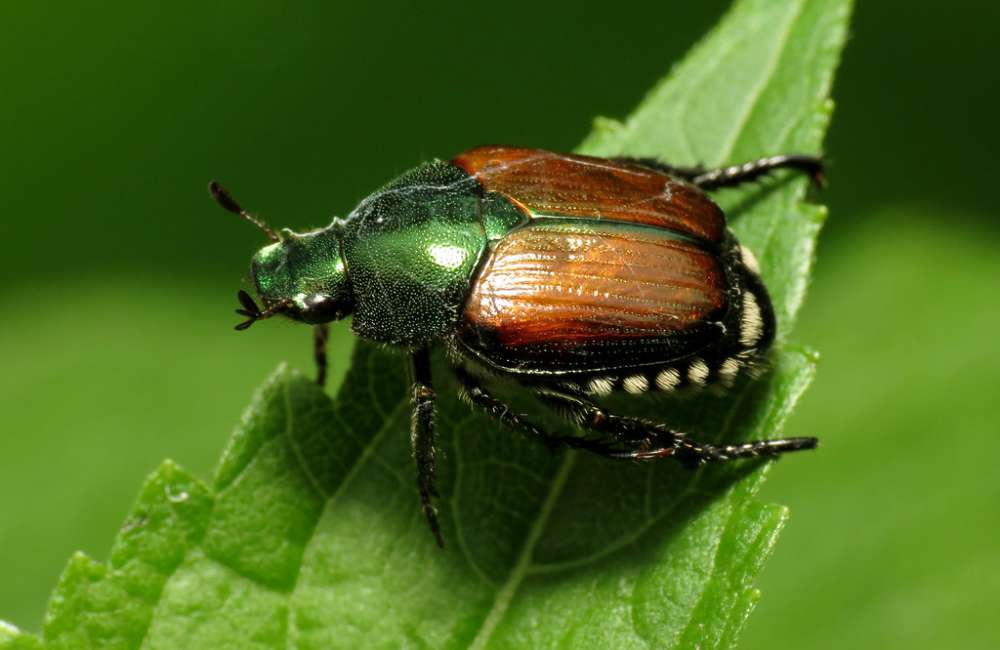
They feed on the leaves of many flowers and plants leaving them full of holes giving them a lace-like appearance. The grub damage becomes apparent once sever damage has been done and turf browns and dies because it’s root system is to damaged. This may not be the whole lawn though and usually is detectable by the appearance of brow patches in a lawn.
For the most part, Japanese Beetles, while pests, are not a sever threat to your plants or lawns health. Only in large numbers do they threaten to kill plants and for the most part they damage they do is cosmetic. Still, you can take steps to manage this invasive species.
- Identify early on in late June/early July
- Remove them from plants by hand or knock them into a bucket of soapy water (best done in evening or morning)
- Don’t use store bought traps – as they only attract more beetles to your garden/lawn than they catch.
- Pesticides – neem oil is an effective deterent if the number of beetles is not too large yet. BeetleGone, BeetleJus, are affective protectants as well and non-toxic to bees and other beneficial insects (available online).
- Other pesticides and insecticides are on the market but keep in mind they can be harmful to other beneficial insects that pollinate and therefore harmful to the overall health of your garden. Given the superficial nature of the damage caused by most Japanese Beetle infestations, we discourage use of chemicals that may cause more harm to your gardens overall health to the temporary cosmetic benefit of your garden.
Spider Mites
Spider mites are true arachnids and thus have two body parts and eight legs. There are a variety of types of spider mites, and not all are pests. The most common pest variety are called two-spotted spider mites and are very tiny at about 1/50th of an inch long with two dark spots on each side of their body. Because they are so tiny, you are more likely to see spider webbing where infestations occur, but this isn’t a sure sign of spider mites since many other spiders leave webbing as well.
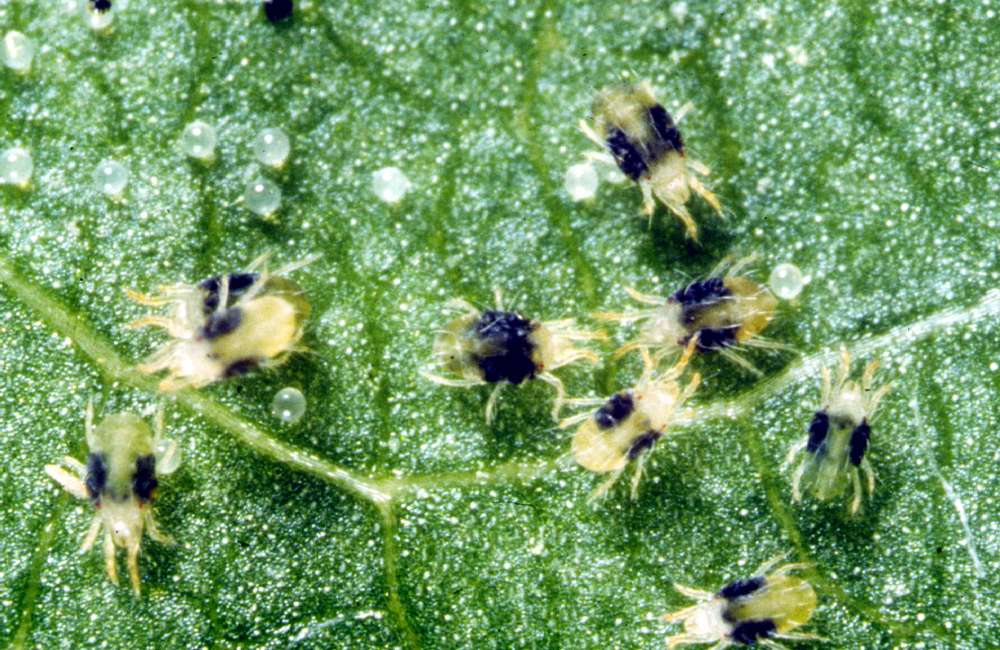
Instead they can be detected by the damage they cause to plants such as
- Tiny white or yellow spots (stippling) on leaves or needles cause by there feeding
- Bronze or yellowed discoloration of a plant
- In conjunction with webbing
- Drought symptoms
- Hold a white sheet of paper under leaves of a suspected spider mite attacked plant and shake the leaves. If spider mites are present they will fall onto the paper and should be able to be seen with the eye, moving around.
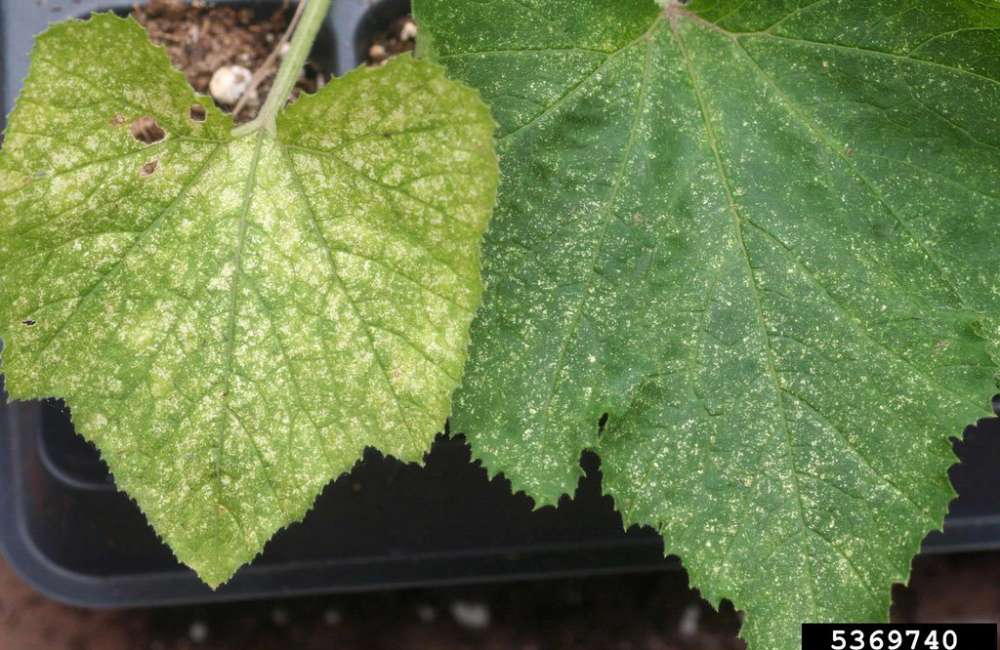
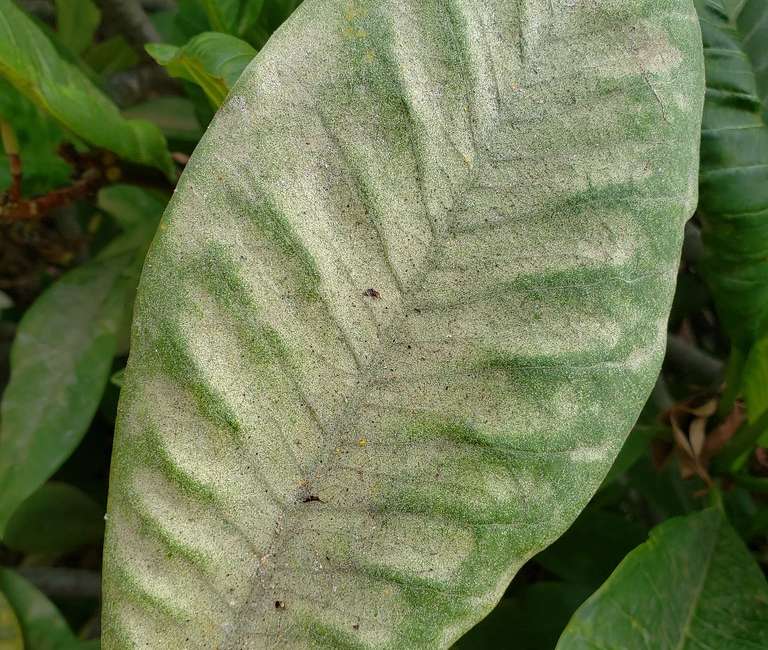
You can treat spider mites similarly to aphids by using high pressure water to remove them from leaves and dislodge their webbing. Certain species of Lady beetles will eat spider mites (Stethorus) and other mites will also feed on them (the Predatory Mite for example) as well as Velvet Mites. Insecticidal soap and horticultural oil are also effective against mites and do no harm to people, pets, and beneficial insects.
Bagworms
Bagworms are really caterpillars that create very distinctive bags that look like elongated spindle like pine cones.
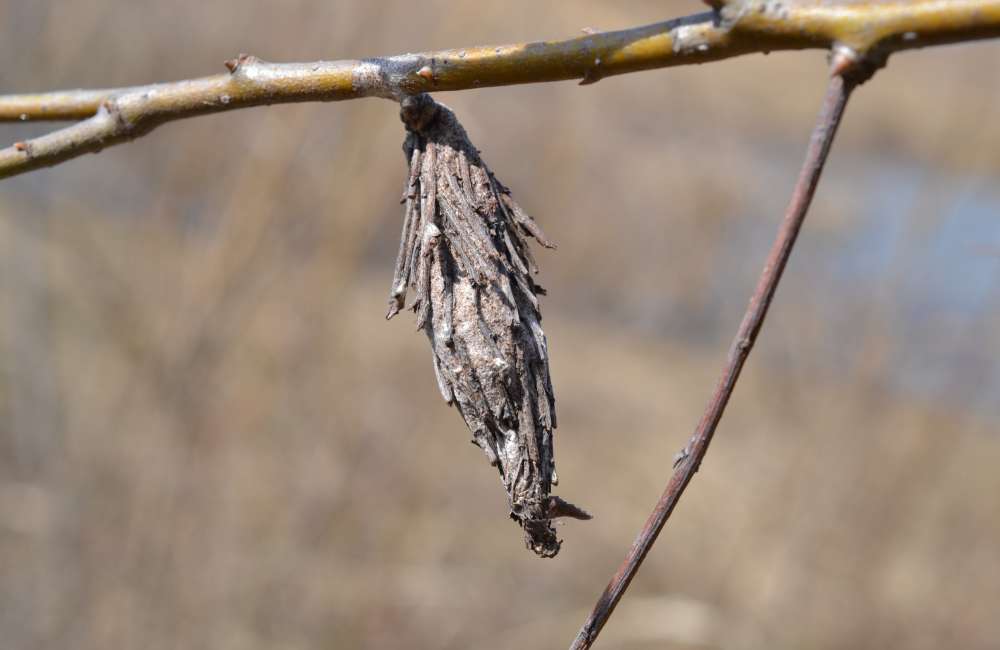
The bags are the main indicator of an infestation, and if the number is small enough they can be effectively dealt with by removing the bags from the plants and destroying them. This must be done in the fall, winter, or early spring though before the eggs hatch. Once the eggs inside a bag hatch though, the small larvae can be overwhelming and devastating in the damage they can do. In this case, an insecticide is the most effective measure against bagworms. Because these chemicals can have adverse effects on other insects and creatures, it’s best to contact a local professional for advice or treatment.
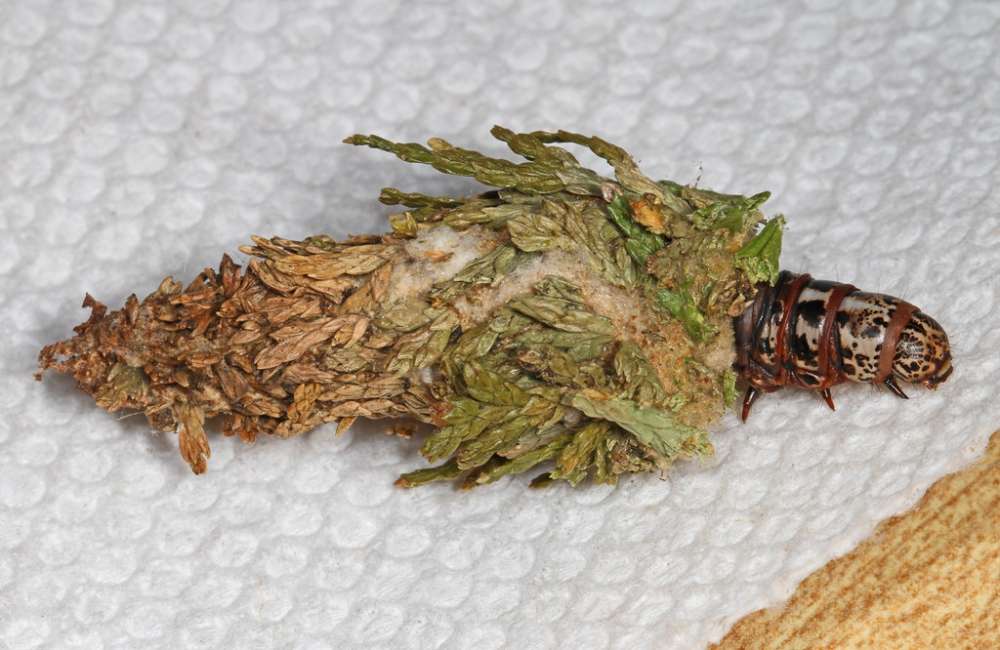
Multi-colored Asian Lady Beetle
Multi-colored Asian Lady beetles, sometimes just called Asian lady beetles or Asian Lady Bugs, look a lot like lady beetles native to North America but are generally a little larger (about 1/3 inch long) and have a distinct ‘M’ shaped marking behind their head that can be thick or think or even broken up in appearance. Some have many spots, some have very few, but the ‘M’ shaped marking and size are the best indicator that you have Asian Lady Beetles as opposed to the more welcome normal Lady Beetles.
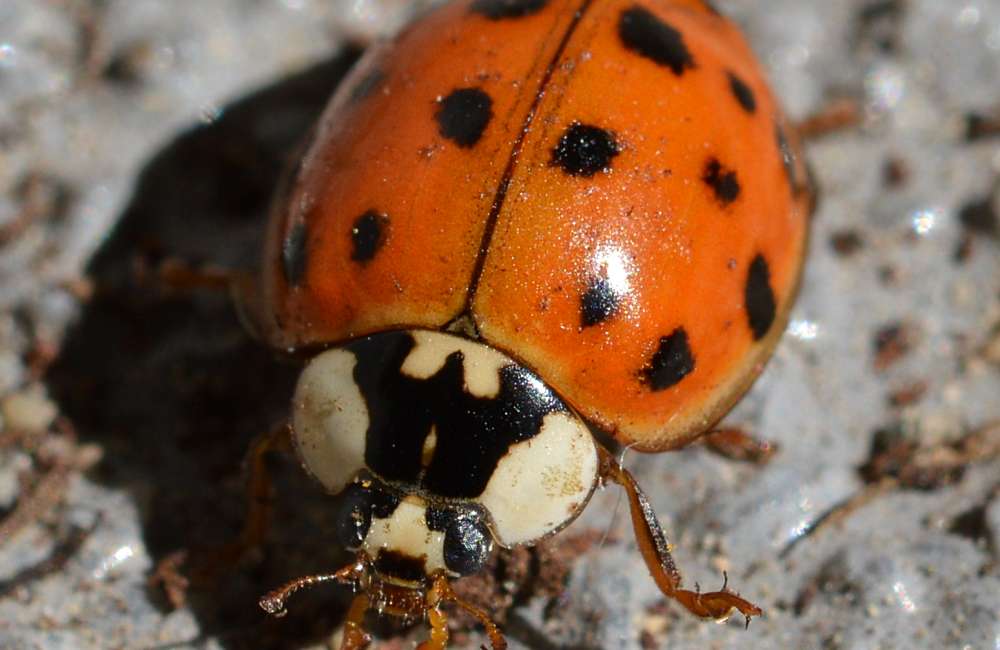
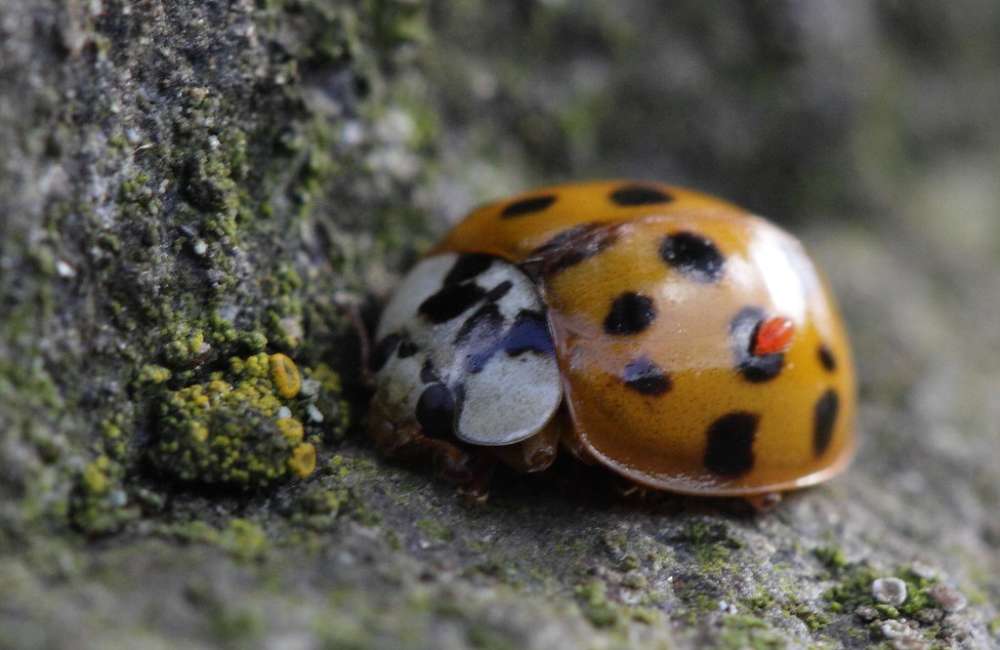
Asian Lady Beetles can be pests both indoors and out, and are considered an invasive species in North America. As indoor pests they can bite and leave foul liquid and cause allergic reactions for some people. Outdoors, they do eat aphids which is great, but if they run out of aphids to eat they will chomp on ripe fruits. They especially target any fruits that already have wounds or damage to them.
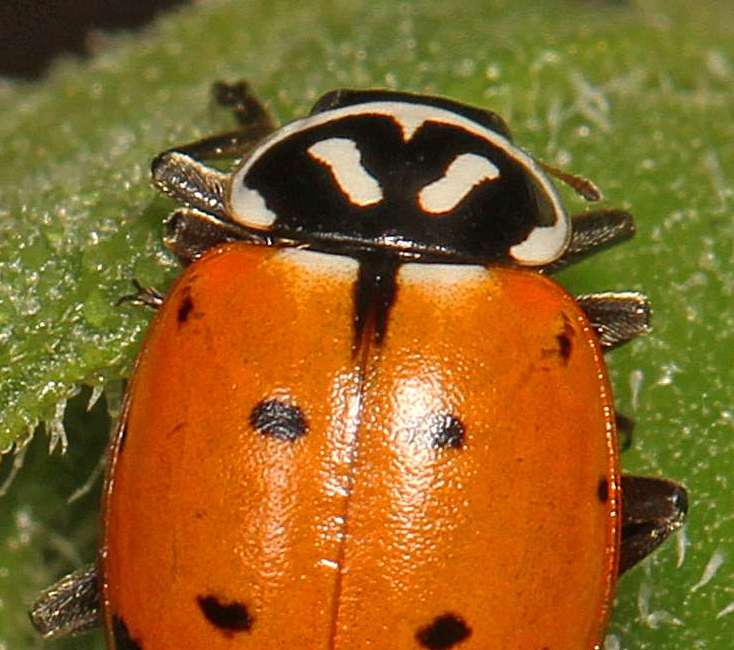
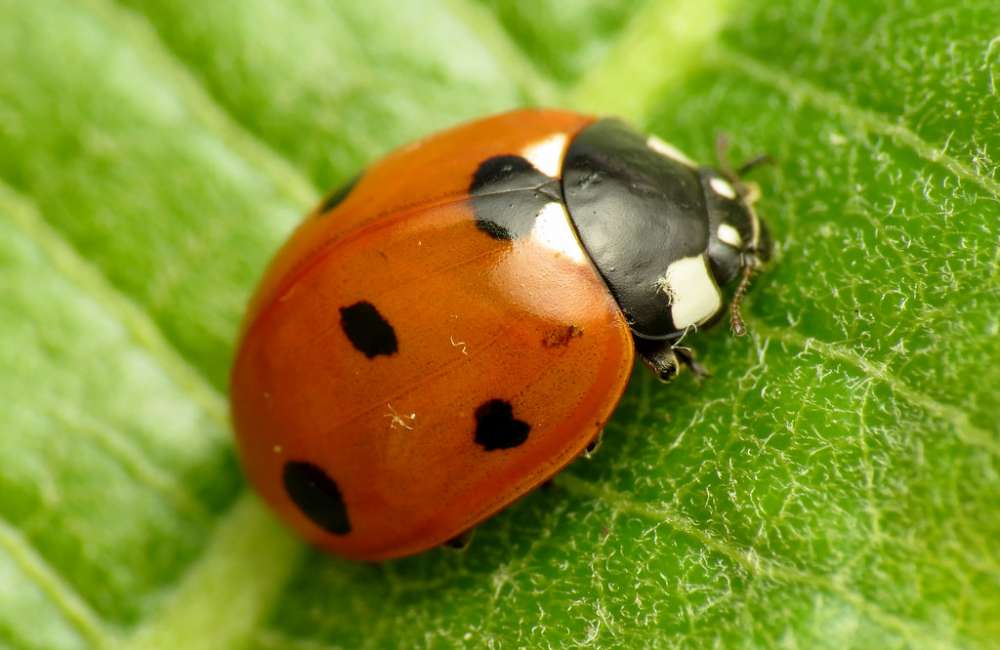
If they do appear in your home don’t use a pesticide. Instead, remove them with a vacuum and change the vacuum bag to prevent them from escaping back into your home.
Outdoors, although they can be a pest if you are growing fruits, they generally are helpful like Lady Beetles in that they eat aphids which are a real pest. But they also prey on other native lady beetles and other non-pest insects such as butterflies and moths. Therefore, they are not most welcome in a healthy garden. Primary concern is to keep them out of your home, so if you do spot them in your garden make sure to check your houses foundation and outside for cracks and seal any crevices that the beetles could sneak into for warmth over the winter months.
Slugs
Slugs are easily identifiable, as they generally look like slimy worms or snails without shells. They produce and use slime to move and are often in shadier areas.
Slugs do feed on plants and fruits. Generally, they are only a problem if they are feasting on your plants in large numbers but otherwise are relatively harmless.

They can be easily handled through preventative and offensive measures. Preventatively, you can keep your garden dry and clean by removing leave and plant debris and only watering when necessary. Offensively you can handpick or trap slugs to remove them from your garden. Jars, pans, and roof shingles or newspaper work well for trapping slugs. Check them in the mornings to see if any have wandered in or under these traps and remove them. There are also other natural predators that will feed on slugs such as beetles, toads, snakes, and birds.
To learn more about different pests and pathogens, please look at this glossary provided by Global Garden.
Sources and more Information:
University of Minnesota: https://extension.umn.edu/insects#crop
University of Kentucky: https://entomology.ca.uky.edu/ef440

